Event
Open Bottle - Antinori IL BRUCIATO Super Tuscan
Thursday, April 23, 2015
Time: 04:00pm - 08:00pm
Type: Wine Tasting
Location: The Wine Cabinet
Event Free
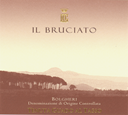
from Marchesi Antinori
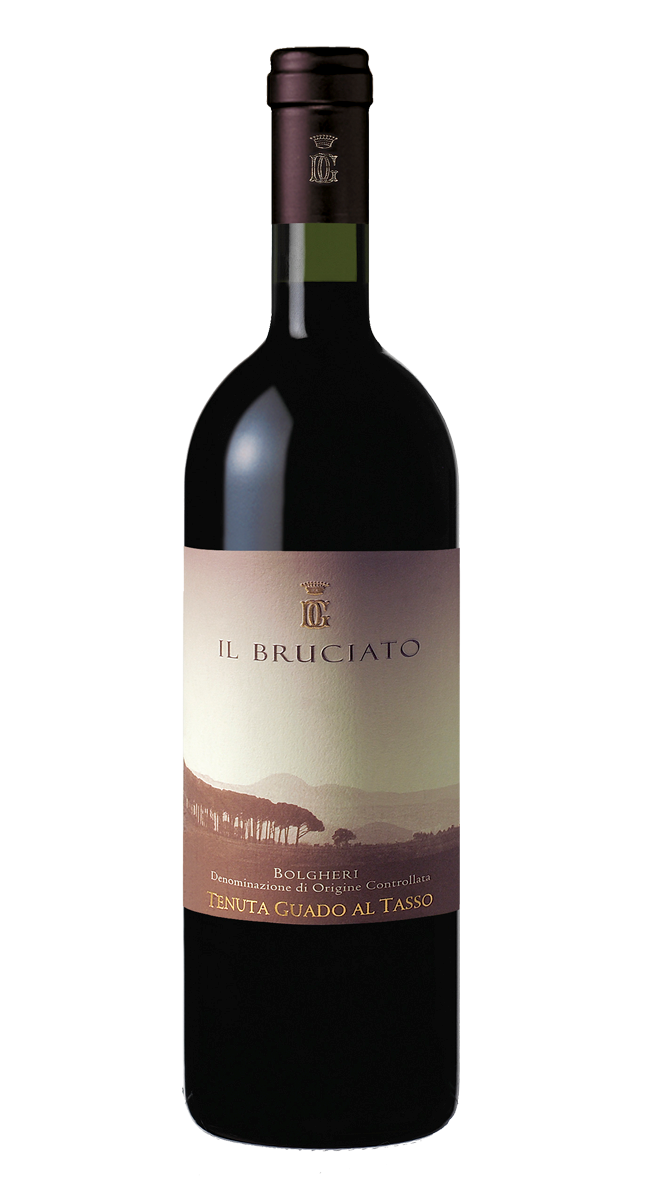
IL BRUCIATO
TENUTE GUADO AL TASSO?
Bolgheri, 2013
65% Cabernet Sauvignon, 20% Merlot and 15% Syrah
The Antinori Family produces of two of the most famous Super Tuscans
Solaia and Tignanello!
90 Points! Wine Enthusiast!
"This bright red opens with aromas of red berry, blue flower and a whiff of baking spice. A blend of Cabernet Sauvignon, Merlot and Syrah, the linear palate offers juicy black cherry, clove, vanilla and coffee alongside assertive yet fine-grained tannins and fresh acidity. A licorice note signals the close." Kerin O’Keefe
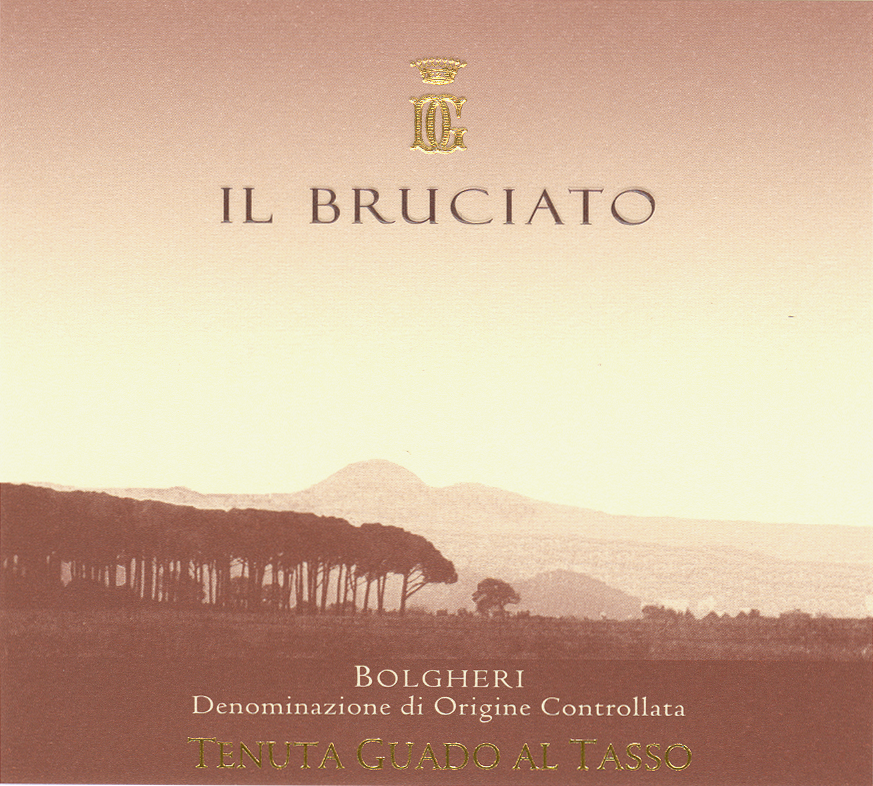
Regularly $41.99
Special Sale Price Tonight Only
$27.00a bottle
$138.00 for 6
Don’t want to miss the sale? Can’t make it Thursday?
Click here or call us, 703-668-WINE (9463)
Our Thoughts on this wine.....
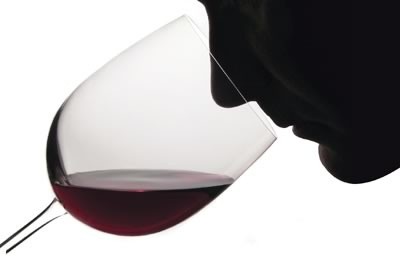 The nose is dominated by intense notes of ripe red berry fruit and complementary aromas of sweet spices, red fruit and a hint of coffee. Ample and balanced on the mid palate, the wine shows silky smooth tannins along with a sweet and spicy finish. Food Pairing Beef, Pasta, Lamb, Veal and Venison
The nose is dominated by intense notes of ripe red berry fruit and complementary aromas of sweet spices, red fruit and a hint of coffee. Ample and balanced on the mid palate, the wine shows silky smooth tannins along with a sweet and spicy finish. Food Pairing Beef, Pasta, Lamb, Veal and Venison
The Vineyard………
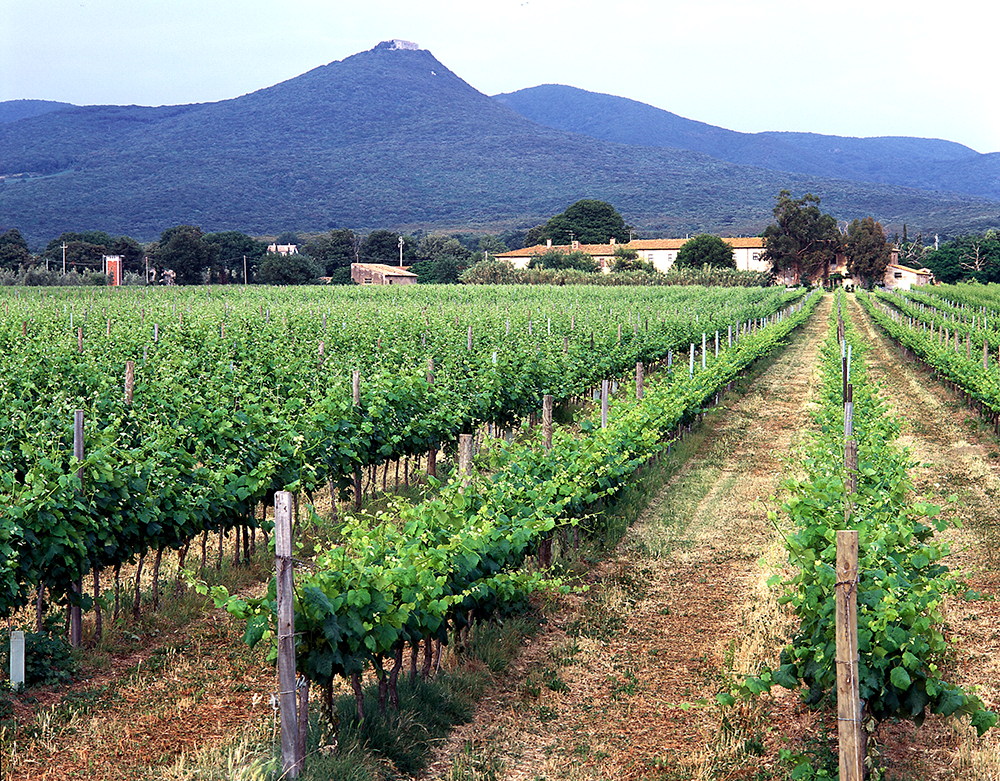
Guado al Tasso, meaning literally “Badger’s Ford,” takes its name from a common sight at the estate of Tenuta Guado al Tasso, Bolgheri, where itis produced. The estate is located approximately 50 miles southwest of Florence, near the medieval town of Bolgheri. The 2,500-acre estate stretches up from the shore of the Tyrrhenian Sea to the hills, in the heart of Bolgheri amphitheater. The vineyard is at an elevation between 145 and 190 feet above sea level on stony, slightly calcareous soils. The name Il Bruciato means “burned.” This wine is named after a wooded area on the Guado al Tasso estate that was destroyed by a famous fire in the early 1900s.
Antinori History…….
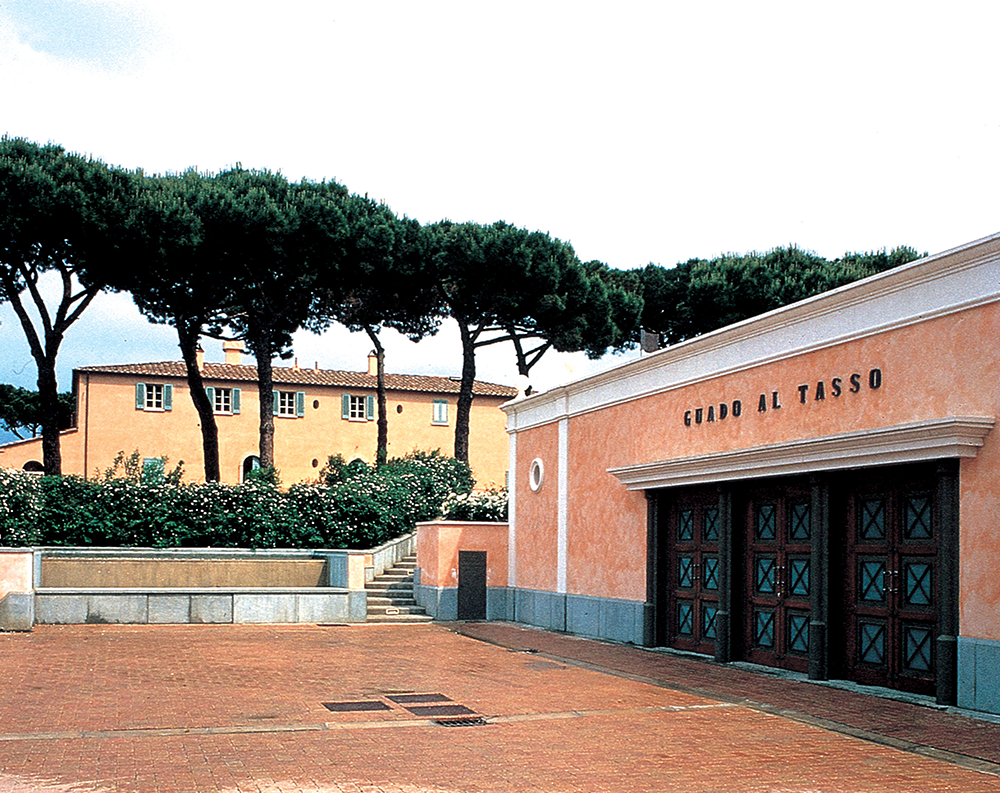
Marchesi Antinori is an Italian wine company that can trace its history back to 1385. They are one of the biggest wine companies in Italy, and their innovations played a large part in the "Super-Tuscan" revolution of the 1970s.
Antinori is a member of the Primum Familiae Vini and the 10th oldest family owned company in the world. Rinuccio di Antinoro is recorded as making wine at the Castello di Combiate near the Tuscan town of Calenzano in 1180. The castello was destroyed in 1202, and the family moved to Florence, where they were involved in silk weaving and banking. In 1385, Giovanni di Piero Antinori joined the Guild of Winemakers, and this is the date usually taken as the start of the wine business, although it was only incorporated in 1898, as "Fattoria dei Marchesi Lodovico e Piero Antinori".
The fame of their wine expanded over the years, to the extent that in 1506 they could afford to pay 4,000 florins for the Palazzo Antinori, built for the Boni family in the 1460s. At this time, Alessandro Antinori was one of the richest men in Florence, but like many Florentines he was soon bankrupted by the ravages of Charles V of Spain and the economic effect of his New World gold. Nonetheless the family prospered in the ensuing peace, and Niccolò Antinori acquired the title of Marchese in 1861 for his efforts in the unification of Italy.
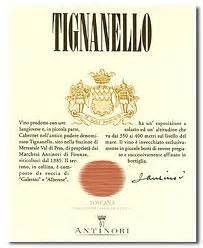
In 1900, Piero Antinori bought several vineyards in the Chianti Classico region, including 47 hectares at Tignanello. His son Niccolò scandalised Tuscany in 1924 by making a Chianti containing Bordeaux grape varieties. He continued to experiment over the following years, with new blends, types of barrel, temperature control and bottle ageing. Niccolò retired in 1966, to be replaced by his son Piero who was even more innovative. He investigated early harvesting of white grapes, different types of barrique, stainless steel vats and malolactic fermentation of red wines.
The real revolution came in 1971, with the launch of Tignanello, a barrique-aged wine from the eponymous vineyard that contained Cabernet Sauvignon and Cabernet Franc, which meant that it was ineligible for the Chianti Classico appellation. Even worse, from 1975 the blend contained no white grapes. Technically Tignanello was not the first 'Super Tuscan' - that honour goes to Sassicaia, created by a relative of the Antinoris, the Marquis Mario Incisa della Rocchetta - and of course the Antinoris had been experimenting with Cabernet blends since the 1920s. But it was Tignanello that really shook up the Italian wine industry, leading to far-reaching changes in rules and attitudes. However, even though the Chianti Classico DOCG rules have now been changed to accommodate wines such as Tignanello, the Antinoris continue to sell it as a Toscana IGT wine. Emboldened by the success of the 20% Bordeaux blend Tignanello, in 1978 Antinori launched the 80% Cabernet Solaia, from the neighbouring vineyard.
